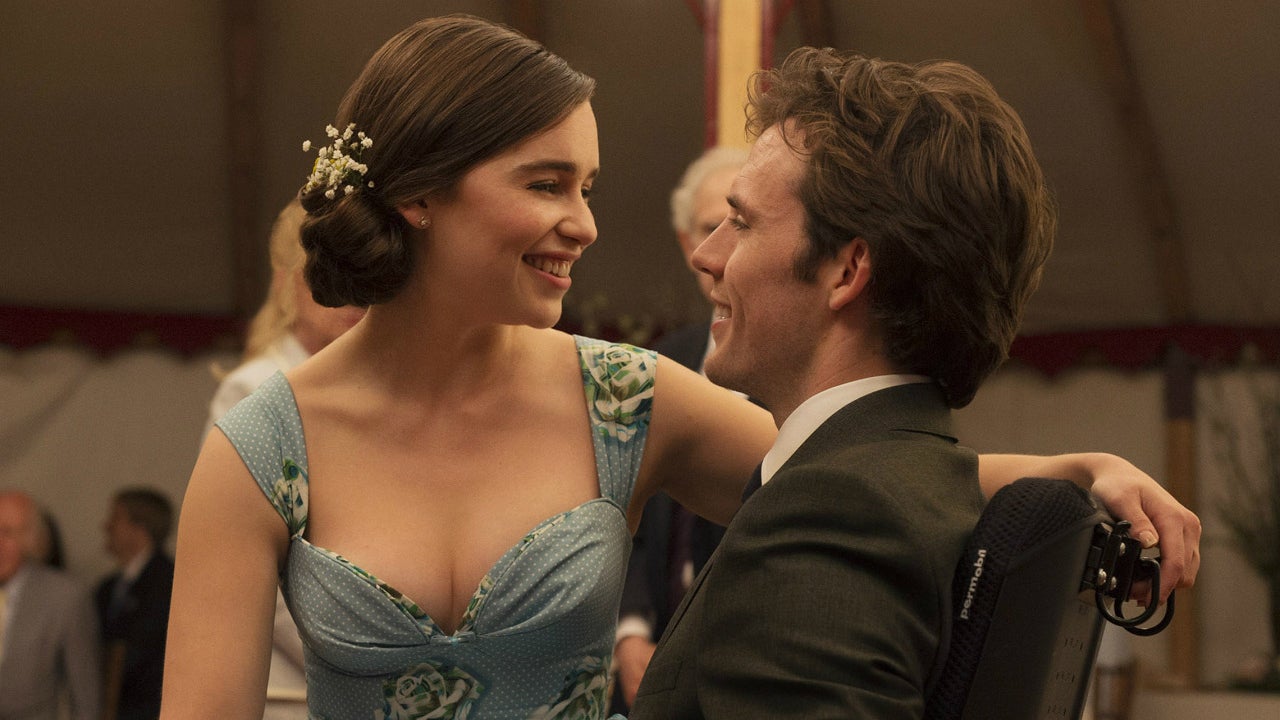In Hollywood, people with disabilities are almost nonexistent
Fewer stories about people with disabilities mean a narower vision of life in general

I didn't need a study to tell me that people with disabilities are woefully underrepresented in the entertainment industry, but a new report from Stacy Smith and her colleagues at the US Media, Diversity and Social Change Initiative casts a dispiriting new light on just how badly Hollywood is doing.
And Smith's latest deep dive into whose stories get told on screen offers us an important reminder: fewer stories about people with disabilities mean a narrower vision of life in general.
Smith and her co-workers have been tracking who appears and who gets to speak in the most popular movies released since 2007. In 2015, the first year Smith analysed movies for the representation of people with disabilities, she found that just 2.4 per cent of characters in the top 100 movies who spoke or had actual names had disabilities. That's a significant gap between fiction and reality, since the Census Bureau has found in 2010 that 56.7 million people, or 18.7 percent of Americans, have disabilities.
Characters with disabilities appeared in 55 of those 100 movies. And of those characters, 61 per cent had physical disabilities, 37.1 per cent had mental or cognitive disabilities, and 18.1 per cent had communicative disabilities. Characters with disabilities were overwhelmingly male; just 19 per cent of characters with disabilities were female.
Characters with disabilities were likely to be relatively marginalised in the movies in which they did appear: 10 of the 100 top-grossing films from 2015 featured characters with disabilities as leads or co-leads. Of the 11 movies that Smith and her colleagues classified as ensemble, two featured characters with disabilities as part of the core ensemble.
As Smith and her co-authors put it, tartly: “Overall, the vast majority of characters with disability were featured in supporting (54.3 per cent) or inconsequential (32.4 per cent) roles.”
Some of the consequences of Hollywood's exclusion of people with disabilities are obvious. The entertainment industry's lack of interest in these stories makes disabilities seem less common than they actually are. And its tendency to tell stories that emphasise the struggles associated with disability limit the range of things that people with disabilities get to do in fiction. The result is not merely a limited number of roles available to actors with disabilities, but a limited range of roles overall.
Smith's report also points to other troubling signs in Hollywood storytelling. Of the already small number of movies that feature characters with disabilities, just 2 per cent of those characters appear in animated movies. In other words, Finding Dory, Pixar's movie about a fish with a cognitive disability, may be a smash hit, but otherwise “content targeting the youngest viewers all but erases this community”.
And the paucity of images of people with disabilities interacts with other ways in which Hollywood is profoundly and persistently unequal. Take, for example, gender. Women are already underrepresented in the movies: Of the top 100 films of 2015, just 32 per cent had women as leads or co-leads, and 31.4 per cent of characters overall were female.

Watch Apple TV+ free for 7 days
New subscribers only. £8.99/mo. after free trial. Plan auto-renews until cancelled

Watch Apple TV+ free for 7 days
New subscribers only. £8.99/mo. after free trial. Plan auto-renews until cancelled
As I noted earlier, those proportions get even more skewed when it comes to characters with disabilities. As Smith notes, “For females, it is clear that Hollywood's preference skews toward youth, beauty, and ability.”
The lack of female characters with disabilities reinforces the pernicious notion that women with disabilities are somehow not young, beautiful or capable. And the general exclusion of female characters with disabilities contributes to a Hollywood's already narrow definition of what women are, what we look like and what we can do.
Similarly, the authors wrote, “for individuals who are LGBT and/or living with a disability, film is also a representational wilderness”, in a year where no movie character with a disability was also anything other than straight. And 71.7 per cent of characters with disabilities were white.
These skewed statistics work in two directions. When it comes to sexual orientation, a lack of LGBT characters who also have disabilities contributes to a vision of the world in which disability is not part of the LGBT experience, and where people with disabilities are often presented as sexless. In a similar way, the overwhelming whiteness of fictional people with disabilities suggests both that people of colour do not have disabilities, and that people with disabilities are not affected by the many issues that also face people of colour in the US.
Stories about people with disabilities aren't just about one community, or employment for one group of people. As Smith's report points out, these portrayals have implications for all of us.
© Washington Post
Subscribe to Independent Premium to bookmark this article
Want to bookmark your favourite articles and stories to read or reference later? Start your Independent Premium subscription today.

Join our commenting forum
Join thought-provoking conversations, follow other Independent readers and see their replies